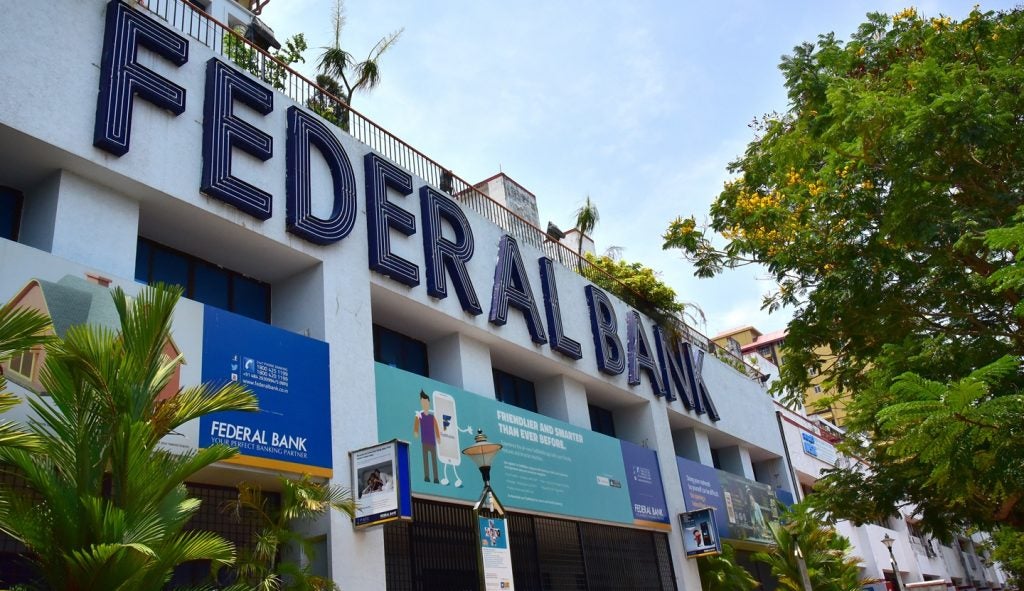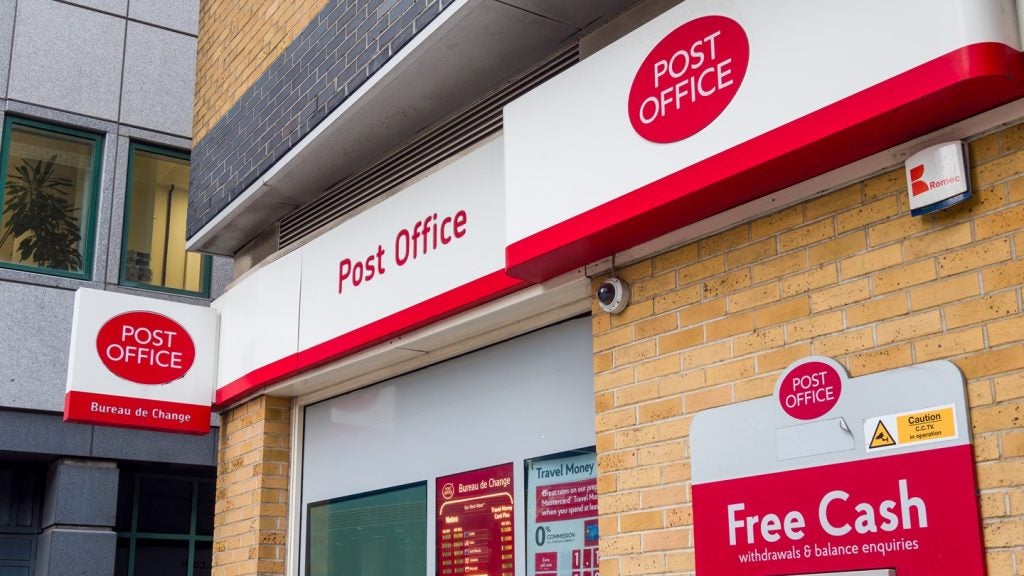Banking regulators across the globe have agreed to relax the new bank rule that will limit risk on banks’ balance sheets and will enable in the recovery of economy.
The bank rule, which has been set by the Basel Committee and the Group of Governors and Heads of Supervision (GHOS), is part of the Basel III accord set by world leaders against the 2007-09 financial crisis that saw taxpayers rescuing undercapitalised lenders.

Access deeper industry intelligence
Experience unmatched clarity with a single platform that combines unique data, AI, and human expertise.
According to GHOS, the relaxation on the new rule for leverage ratio, which measures the banks loans and other assets, is temporary and the final calibration of the leverage ratio will be completed by 2017.
A person familiar with the debate was quoted by Reuters as saying that the leverage ratio was initially set at 3% of capital, but supervisors from the US, Britain and elsewhere is pushing for a higher proportion.
The ratio of 3% indicates that a bank must hold capital equal to 3% of its total assets.
Basel Committee and GHOS chairman, Stefan Ingves, said finalising the aspects of the leverage ratio is a significant step forward.

US Tariffs are shifting - will you react or anticipate?
Don’t let policy changes catch you off guard. Stay proactive with real-time data and expert analysis.
By GlobalData"The leverage ratio is an essential addition to the regulatory framework that will help guard against the destabilising effects of excessive bank leverage," Ingves added.







